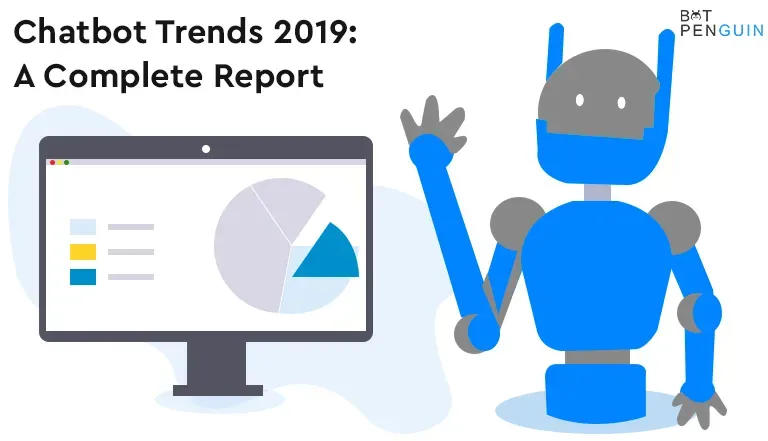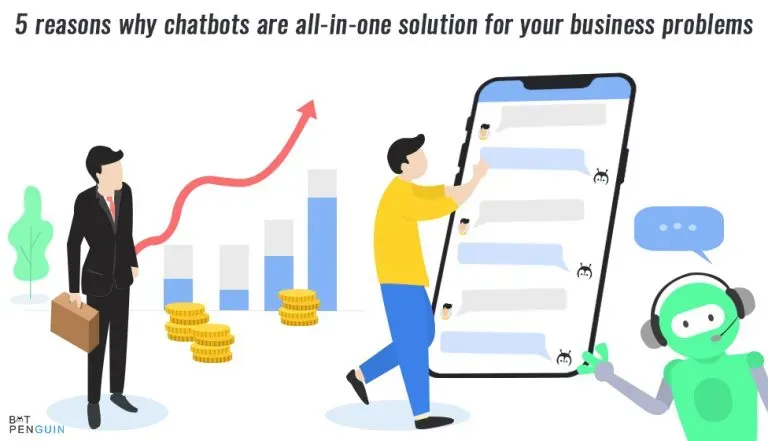ChatGPT took the world by storm with its advanced natural language processing capabilities since its release in November 2022.
While most discussions have focused on its conversational prowess, one of ChatGPT’s most revolutionary yet understated features is its ability to interpret, execute, and debug code interactively through plain English prompts.
This ChatGPT’s code interpreter could fundamentally transform how programmers build and troubleshoot applications by allowing them to use natural language to access runtime information and control program flow.
As this interpreter matures, it may emerge as the next evolution in coding tools - one that blurs the line between human and computer through seamless mixed-language collaboration. Early data shows by The Nextweb that 67% of developers are already using or plan to soon use ChatGPT to write and edit code more efficiently.
This article will explore the importance of ChatGPT’s code interpreter in the future of programming. Analysts predict over 23 million software developers globally could augment their workflows using conversational AI assistants by 2025, boosting productivity by nearly 16% over traditional coding interfaces according to Techjury.
As adoption spreads, integrated interpreters may reshape how the next generation of software is envisioned, architected and maintained. So let’s delve into it with this blog.
Understanding the Role of ChatGPT Code Interpreters in Programming
At ChatGPT’s core, code interpreters decode programming languages into machine-readable instructions that can then execute the desired logic on a system.
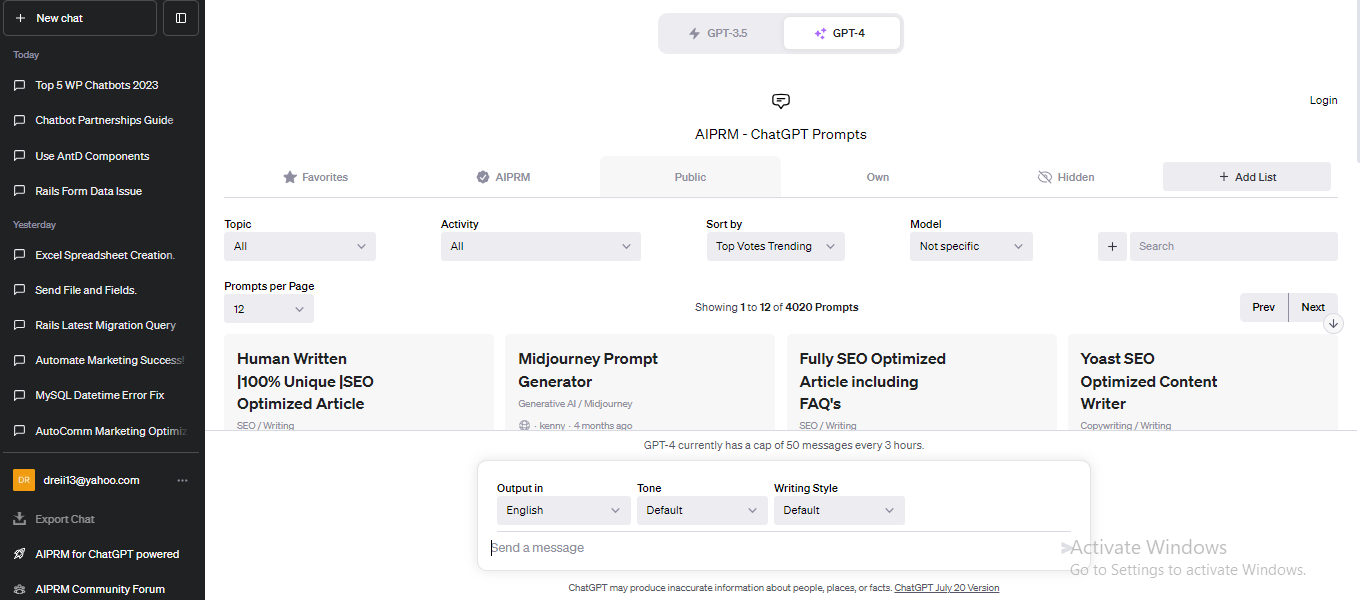
They effectively act as an intermediary that allows communication between human-written code and the underlying hardware.
Most programming today involves using a text editor or integrated development environment (IDE) to write code in languages like Python, JavaScript, or Java that then get compiled or interpreted.
ChatGPT’s code interpreter aims to replace the need to constantly switch between writing raw code and testing it by allowing both through interactive natural language conversations.
You can get different ChatGPT Solutions for your AI requirement Today!
- Whitelabel ChatGPT
- Hire ChatGPT Developers
- Custom ChatGPT Plugins
- Hire Chatbot Developers
- Custom Chatbot Development
- ChatGPT Clone
- ChatGPT Consultant
The Evolution of ChatGPT Code Interpreters: From Text-based to Conversational
The origins of code interpreting and execution trace back to the earliest days of programming in the 1950s. The first interpreters converted symbolic code into binary machine code statements line by line.
However, these early systems were extremely rigid - programmers had to adhere to predefined syntaxes and rule sets without flexibility.

Over decades of evolution, interpreters added capabilities like runtime debugging and error messaging.
Modern IDEs have greatly simplified coding workflows through tools like visual drag-and-drop programming, automated suggestions, and virtual environments.
ChatGPT’s code interpreter represents the next phase focused on natural language collaboration.
Non-programmers can now also participate by describing desired functions in plain English, widening access.
Its real promise lies in how both programmers and non-programmers can fluidly use mixed languages for richer augmentation.
ChatGPT Code Interpreter vs Traditional IDEs
ChatGPT’s code interpreter differs from traditional IDEs in several ways when it comes to writing, testing and debugging programs:
- Language Flexibility: The interpreter supports seamlessly switching between natural language instructions and writing raw code across dozens of languages. IDEs require staying within predefined syntaxes.
- Random Access: Users can ask for any runtime information like variable values or memory usage without adding instrumentation code. IDEs only offer sequential execution tracing.
- Code Modification: Logical flaws can be fixed by describing issues conversationally instead of formally debugging. IDEs need explicit edits followed by recompilation.
- Hands-free Testing: Test cases can be defined in everyday language to validate functionality. IDE testing needs separate test code.
- Cloud-based: Being cloud-hosted, ChatGPT’s interpreter enables easier collaborative coding and remote access. IDEs usually involve local device installation.
These key differentiators make the ChatGPT’s code interpreter easier to use for newcomers while also faster for experienced coders through flexible mixed-language augmentation.

Benefits of ChatGPT Code Interpreter
ChatGPT’s code interpreter has benefits spanning use cases like:
- Faster Onboarding: Conversational guidance accelerates early learning by allowing students to instantly test assumptions and get context-aware recommendations as they code.
- Enhanced Collaboration: Teams can seamlessly track project needs and tradeoffs through shared natural language logs along with traditional documentation.
- Lightweight Prototyping: Quickly test new ideas or functionality modifications using everyday language without worrying about proper syntax just yet.
- Simplified Optimization: Easy-to-use controls over variables, memory, pipeline throughput, and model architectures facilitate faster tuning.
- Real-time Deployment Tracking: Plain language logs allow tighter monitoring of risks and rollback needs as updates roll out across environments.
- Democratized Accessibility: Non-coders can now participate by contributing functional requirements, test scenarios, and user perspectives critical for holistic solutions.
As adoption of ChatGPT’s code interpreter spreads, more benefits spanning design, development, testing, and maintenance are likely to emerge across individuals and organizations.
Exploring ChatGPT Code Interpreter Features
ChatGPT’s code interpreter offers modern programming conveniences like:
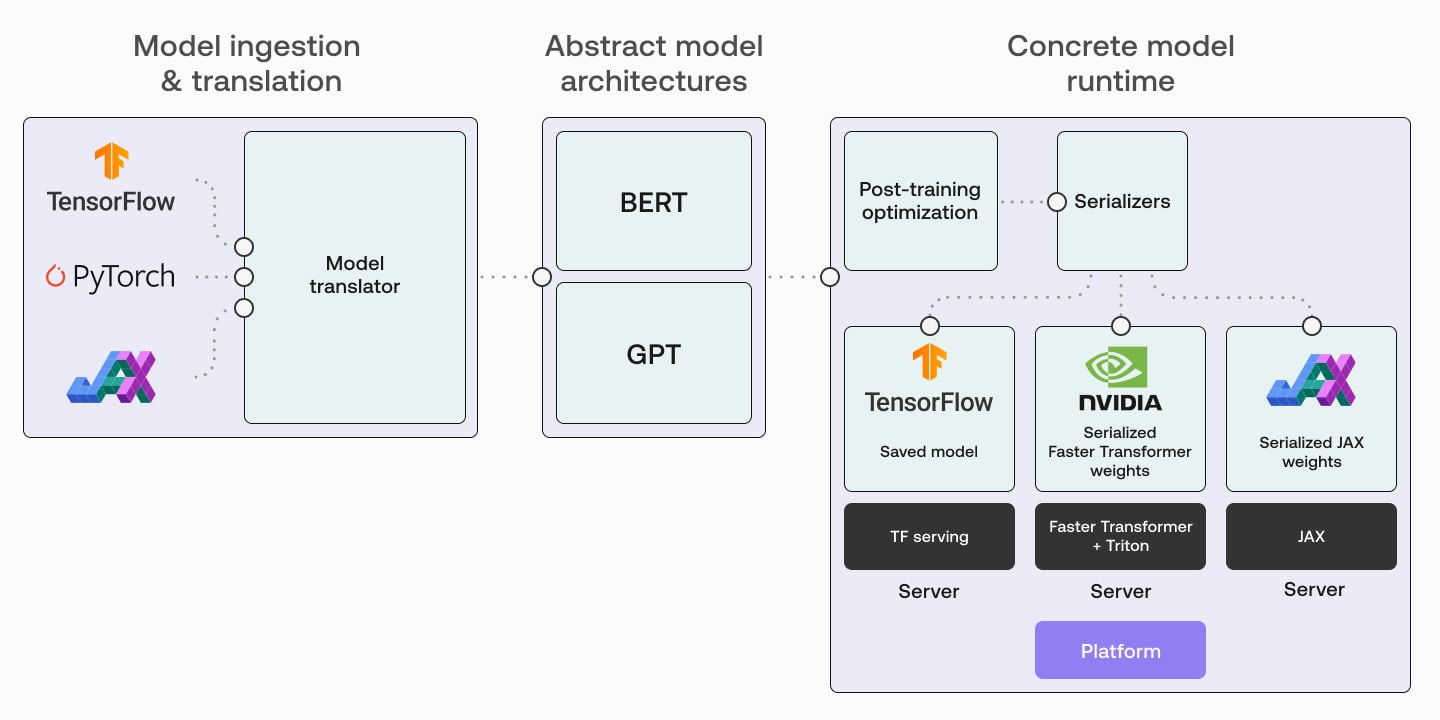
- Multi-language Support: Write, execute, and debug code in Python, JavaScript, Java, C, C#, C++, PHP and more with additional languages continually added.
- Enriched Responses: Get detailed graphical visualizations, performance metrics, generated documentation, and holistic explanations alongside program output.
- Security Sandboxing: All code execution happens in secure disposable containers isolated from underlying infrastructure for protection.
- Team Collaboration: Developers can jointly contribute requirements, test cases, and scripts with easy sharing across devices.
- Persistent Memory: Variables, functions, and imports can be reused across sessions enabling cumulative progress.
- Hybrid UI: Toggle between visual codeblocks, raw code editing, and conversational guidance without losing intermediate logic.
Ongoing enhancements promise advanced functionality like GIT integration, customized environments, enhanced visualization libraries, confidential computing for sensitive data, and much more. The interpreter is still evolving rapidly.
Suggested Reading:
ChatGPT Prompts: The Secret Sauce of High-Performing Chatbots
Limitations and Challenges of ChatGPT Code Interpreter
While representing a pioneering advance, ChatGPT’s code interpreter has some key current limitations:
- Execution Speed: As a web application, response latency can lag compared to local IDEs, especially for intensive workflows. Code optimization is non-trivial.
- Interpretability: Debugging complex code can confuse the interpreter, requiring code changes to align with its understanding.
- Response Degradation: Conversational quality worsens for advanced topics as underlying language models hit understanding limits.
- Feature Gaps: Capabilities common in mature IDEs like GUI builders, database connectors, DevOps integrations, and team permissions are still missing.
- Training Control: Users currently lack transparency into model architectures, hyperparameters, and training methodologies underlying the interpreter.
Addressing these limitations while preserving interpretability and security presents complex technology and ethics challenges as adoption scales commercially. Maintaining rigorous version control and monitoring will be vital.
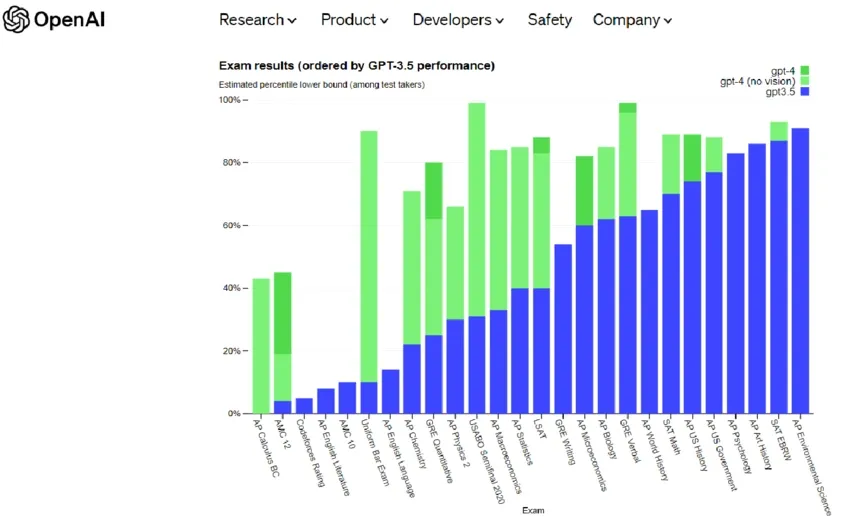
The Future Scope of ChatGPT Code Interpreter
Given the rapid pace of conversational AI advancements, ChatGPT’s code interpreter could completely reshape programming workflows within years through augmentations like:
- Enhanced Language Support: With multilingual model integration, developers worldwide can code comfortably in their native tongues while teams coordinate seamlessly.
- Specialized Libraries: Domain-specific modules and debugging tools focused on verticals like finance, healthcare, retail etc. will simplify application development.
- Immersive Coding Environments: AR/VR modes may allow developers to visualize and manipulate codeblocks physically for richer interfaces.
- Autonomous Assistants: Smart recommenders will track progress, identify anti-patterns, suggest optimizations, share best practices and even implement some changes independently over time as trust builds.
- Embedded and Edge Integration: Lightweight interpreter runtimes could eventually deploy alongside models on end devices like mobile phones or microcontrollers to enable on-device coding.
As cloud capabilities grow more advanced and device level footprints shrink, the interpreter may gain ubiquity across the software lifecycle and environment spectrum.
Conclusion
ChatGPT’s code interpreter represents an ambitious attempt to transform programming into a creative, collaborative process aligned closely with human thought and language. Its conversational approach lowers the barrier for initiating coding endeavors while facilitating simpler prototyping plus easier debugging for experts.
ChatGPT’s code interpreter’s long-term potential is undoubtedly constrained only by the rates of advancement in natural language processing techniques and compute power.
With models continuously evolving in size and sophistication over this decade, this new paradigm in communicative coding could end up accelerating the democratization of software development globally. Just like intuitive visual interfaces expanded user pools in the past, conversational interfaces leveraging language interpreters might bring coding firmly into the mainstream.
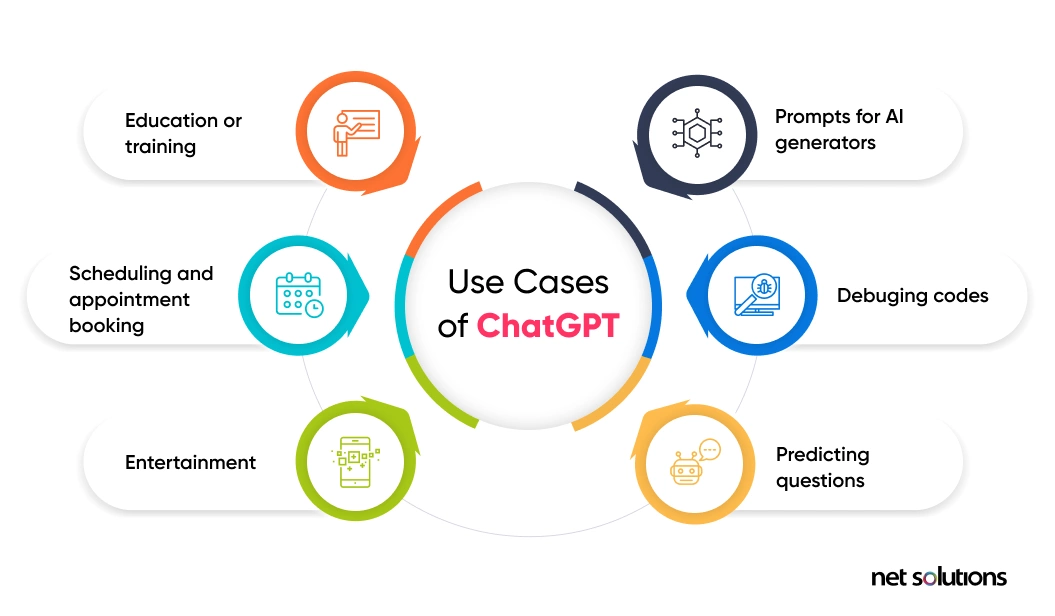
In the end, the symbiosis of human language and machine learning through platforms like ChatGPT’s code interpreter may not just ameliorate but actually revolutionize both sides. It is also making coding and reasoning more intuitive for humans while allowing AI systems to inherit more structured logic, common sense and creativity.
The ultimate dream of enabling fluid multidirectional transfer learning between man and machine can materialize faster through such integrated coding environments.
Frequently Asked Questions (FAQs)
Can I fully replace traditional IDEs with ChatGPT’s code interpreter plugin for all my coding needs?
Not yet fully - while great for learning and collaborating, critical limitations exist around speed, functionality gaps and control compared to mature IDEs.
These may be overcome over generations as technology and trust in AI matures.
Is the ChatGPT’s code interpreter securely sandboxed from the internet and infrastructure?
Yes, it runs code inside isolated containers disconnected from any networks or cloud assets to contain risks.
However, vulnerabilities could emerge in complex workflows which are continuously monitored.
How does ChatGPT ensure my source code and data remains confidential?
End-to-end encryption protects artifacts while in transit and storage. But code still gets exposed to ChatGPT during live interpretation sessions - so avoid encoding any confidential IP or data.
Zero-trust models coming soon will fully isolate processing.
Can I integrate proprietary plugins or ML models with the ChatGPT's code interpreter plugin for custom coding tasks?
No, the code interpreter plugin currently does not allow third-party integrations due to security considerations around training rigour and model governance.
However, API access may get introduced for approved partners farther down the line.
How transparent is the code interpreter plugin around corrections or updates to functionality?
As an actively maintained cloud service, improvements and fixes happen continually based on user feedback.
Release notes and notifications are highlighted before applying major updates that impact workflows

